Oaxaca’s Tejate: A Drink That’s More Than Just History

Oaxaca’s Tejate: A Drink That’s More Than Just History
Tejate is a pre-Hispanic drink from the valley of Oaxaca that is made with cocoa, corn, mamey bone, and a secret ingredient.
This secret ingredient is a white edible flower with a pleasant aroma and sweet flavor called Rosita de Cacao, a prevalent tree in San Andres Huayapam, the land of tejate.
This is one of the things I love about Oaxaca; it has everything I like: rich gastronomy, architecture, landscapes, and unique traditions.
In the Benito Juarez market, you can find handicrafts, food, beverages, and products made in the region.
I tasted one of the best drinks of my life, fresh, tasty, and nutritious, it is called Tejate.
As I walked through the aisles, I noticed something that caught my attention, ladies serving a brown liquid in large containers.
I thought it was some kind of soup or broth because there was a layer of foam on the surface, but then I realized it had ice in it, and my curiosity brought me in.
Tejate and the Cacao Rose
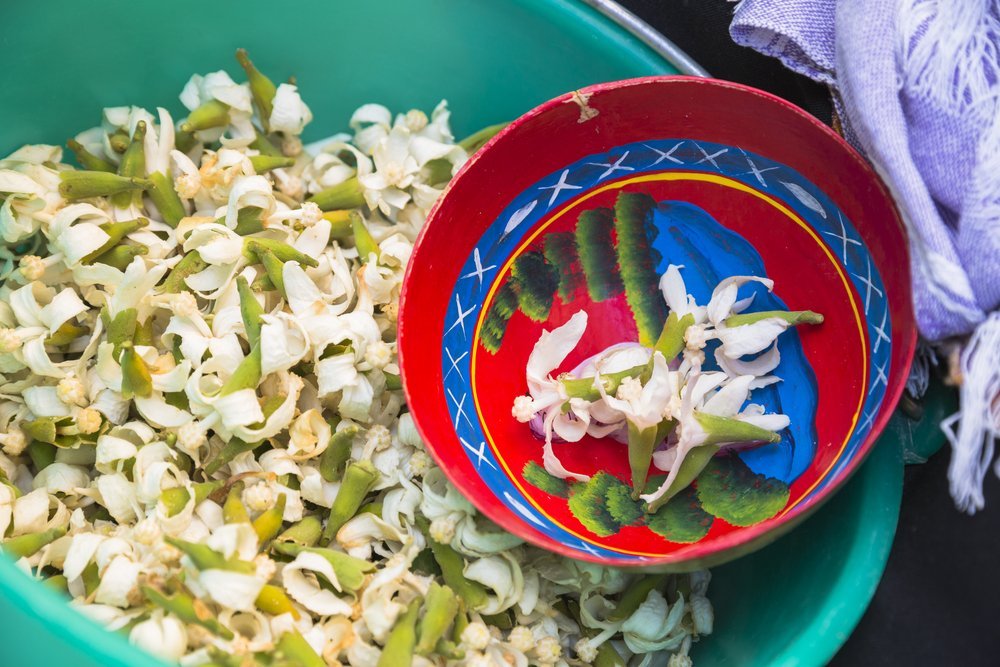
The rosita de cacao tree in Huayapam, Oaxaca, is maintained with plenty of water and a lot of attention so that it can be blooming all year round; its flower is the main ingredient of tejate
One of the vendors at the market is Maria Nava, a native of San Andrés Huayapam and “tejatera” for 48 years, who, after finishing elementary school, dedicated herself entirely to preserving the tradition that her mother taught her.
Tejate ingredients
I had the opportunity to go to San Andres Huayapam, a small town 20 minutes by cab from downtown Oaxaca, where I visited the home of Mrs. Nava. She kindly showed me the tools and preparation of tejate.
When I arrived at her house, she already had the criollo corn cooked because this step had to be done a day before.
Then I saw how she put the wood to light the fire and heat the comal.
Once the comal was heated to a simmer, Maria added the cocoa for toasting.
Very slowly, the beans thunder as she moves them with a brush in a subtle way so that the toasting is uniform.
She then performs the same procedure with the mamey bone, which once roasted is called “pixtle,” and concludes this process by roasting the cocoa rose.
Cocoa Roasting for Tejate Drink

Throughout the process, Maria pays great attention to the ingredients. She loves her work and does it with care and taste.
Once the ingredients are roasted, they go to the metate to grind, and under this utensil is placed another one called batea, a wooden container where all the brown paste falls in.
Corn grinding
The paste is placed in an apaxtle -a large container made of green clay- from Santa María Atzompa, and then water is added while it is beaten with the hands for an hour until the foam or cream rises.
When the tejate flower cover the whole container, it means that a good tejate is ready.
The correct way to serve the tejate is in a jícara a half-circle-shaped vessel made with the bark of the tree’s fruit called morro-, these jícaras are from Guerrero.
They are originally white, but with time they have been painted red and decorated with details to make them more attractive.
Being a circular vessel, it is necessary to use a reed ring as a base to support it.
It is also accompanied by a wooden stick that allows the foam to be tasted more easily.
Tejate Drink Benefits
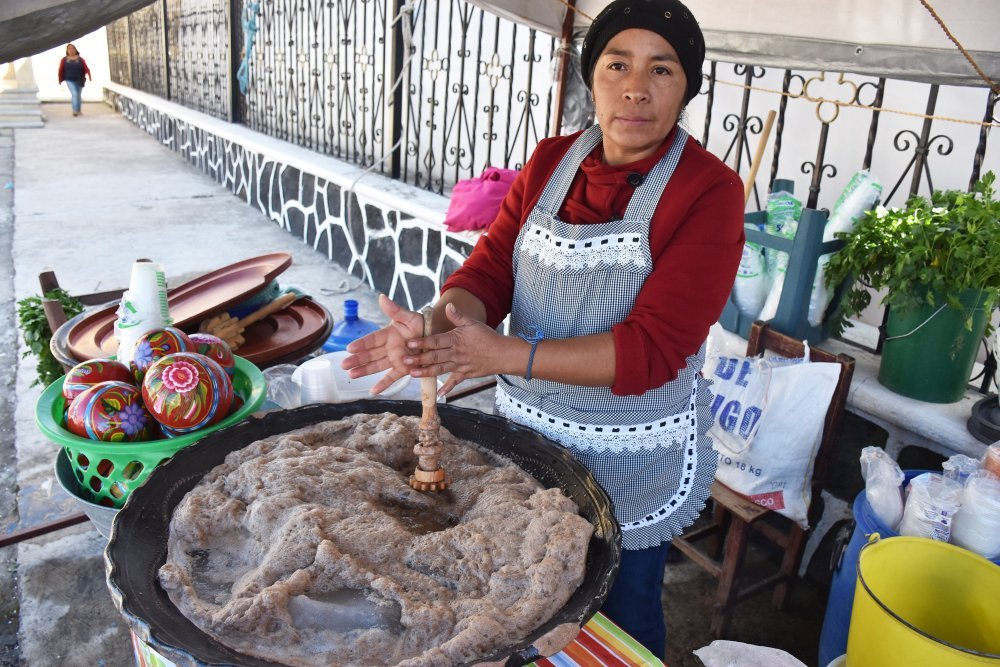
The tejate recipe and how it is served has been adapted to the customers’ taste since no sweetener was originally added, but now they can mix it with a little syrup.
In addition to its flavor, tejate has calcium, iron, fiber, proteins, carbohydrates, and healing properties for stomach ailments.
The preparation of tejate requires a lot of work and time. The “tejateras” expose their eyesight and lungs to the smoke generated by the roasting of the ingredients.
Also, during the grinding process, they spend about four hours kneeling since the metate is very heavy and needs to be supported on the floor.
The beating also demands a great effort because it is done by hand for an hour
The dedication to making a quality tejate with a unique and delicious flavor are reasons to value the effort of the tejateras, who preserve our heritage and gastronomic traditions.
In the streets of Oaxaca, you can taste a delicious tejate.
However, if you have the opportunity to go to the Benito Juarez market, I recommend you to go with Mrs. Maria Nava to her stall “La Flor de Huayapam” open every day.
It is worth mentioning that in San Andres de Huayapam, every Palm Sunday (during the easter week), they celebrate the tejate fair.

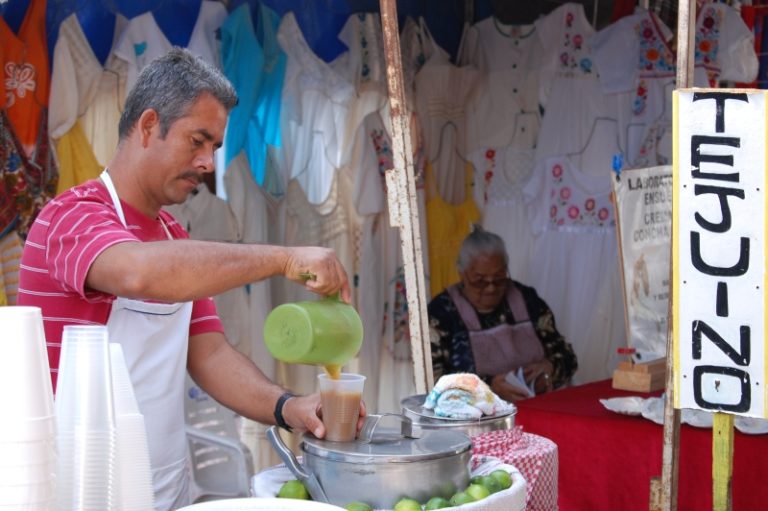
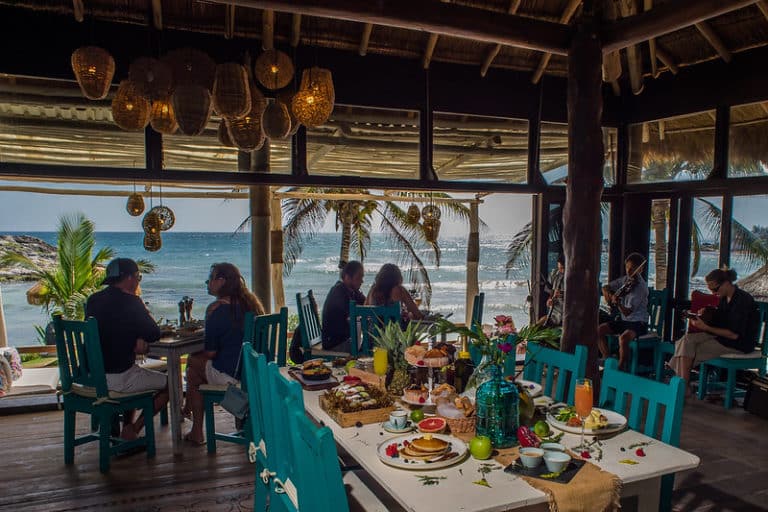

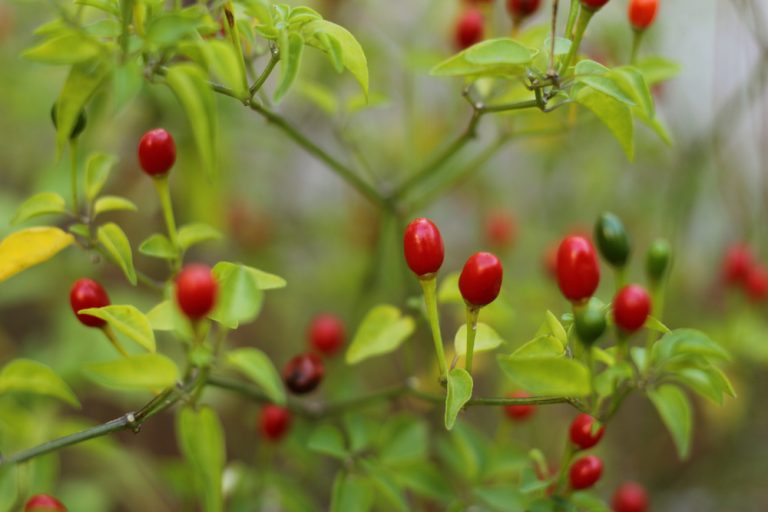
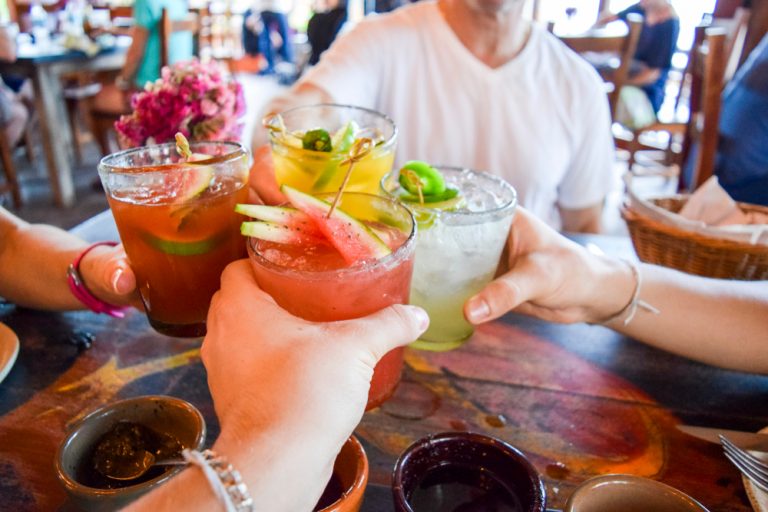
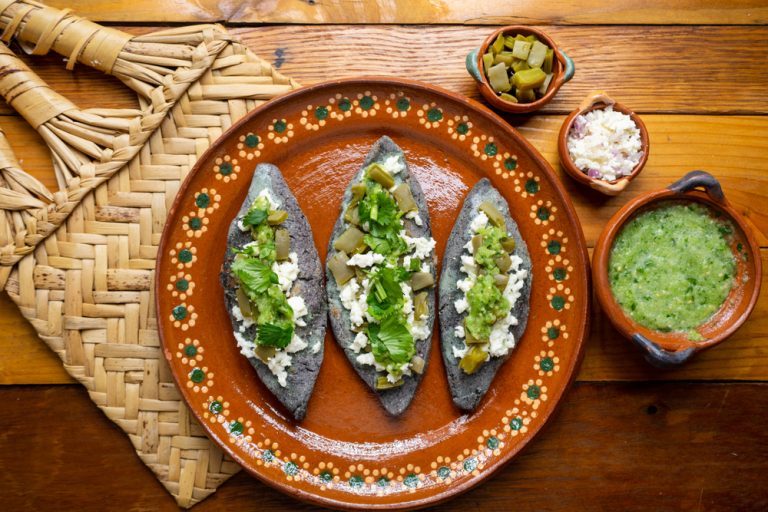
Excelente artículo. Gracias.
Gracias, Larry.
I am wondering about drinks made with water, which we aren’t supposed to drink in Mexico – do we just assume the water is boiled? or maybe it’s heated somewhere in the process?
Hi Rhonda, thanks for reaching out!
No need to worry about water. Everything people make they use filtered water. As long as you don’t drink TAP WATER from your hotel or anywhere else, you’ll be fine.
Cheers!
Thank you so much!!
Thanks so much – I really appreciate your blog!